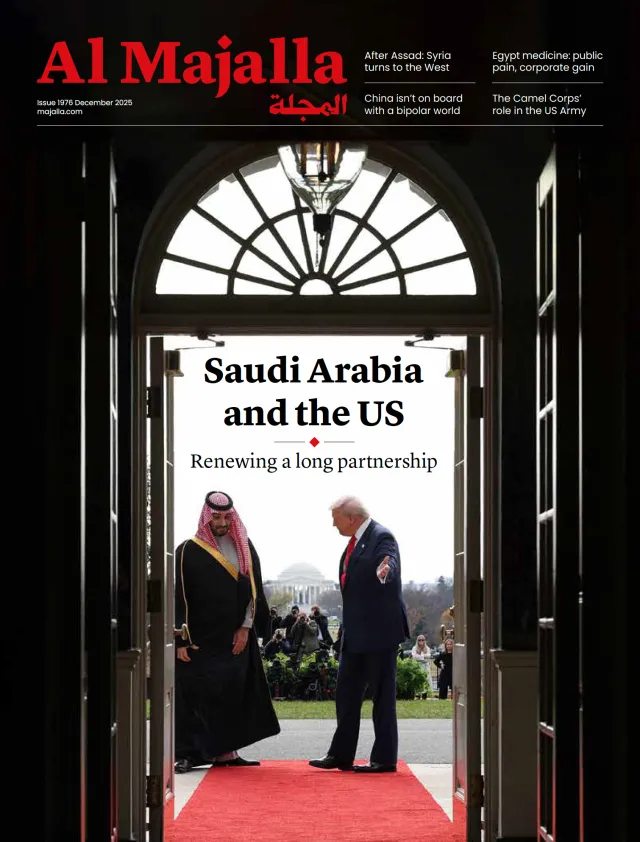The term “axis of resistance” emerged in 2001, largely in response to US President George W. Bush’s dubbing of Iran, Iraq and North Korea (and later Cuba, Libya and Syria) as the “Axis of Evil”. But the concept actually dates back to the early days of Iran's 1979 Islamic Revolution.
At the time, the nascent regime unveiled a string of “revolutionary” stances as part of its strategic vision for the region. Chief among them was rhetorical support for the Palestinian cause and its vow to “wipe Israel off the map”—the end objective being to end American influence in the region.
The storming of the US embassy in Tehran not even a year after the revolution demonstrated a willingness to back up its words with action and was quickly followed up by a promise from Iran’s Supreme Leader Ayatollah Ruhollah Khomeini to "form an army of 20 million (Muslims and Arabs) to liberate Jerusalem" from Israeli occupation. These popular stances drew in supporters in the region—from states to political parties and movements.
A decades-long investment
Iran then went to work to shore up allies in the region. The Lebanese militant group Hezbollah, which emerged after Israel’s multiple invasions of Lebanon beginning in the late 70s, emerged as Iran’s star child. It heavily invested in the group, training, arming, and financing over the next decades.
Iran’s strength was buoyed by the 2003 US invasion of Iraq, which toppled its longtime enemy, Saddam Hussein. It exploited the security vacuum that emerged there to recruit Iraqi Shiite militias, and in 2011, it bolstered its military presence in Syria to shield its longtime ally, the Assad regime, from anti-government protests, which later morphed into a civil war. In this same period, it also upped its support to the Houthis in Yemen, allowing the group to seize the capital, Sanaa.




